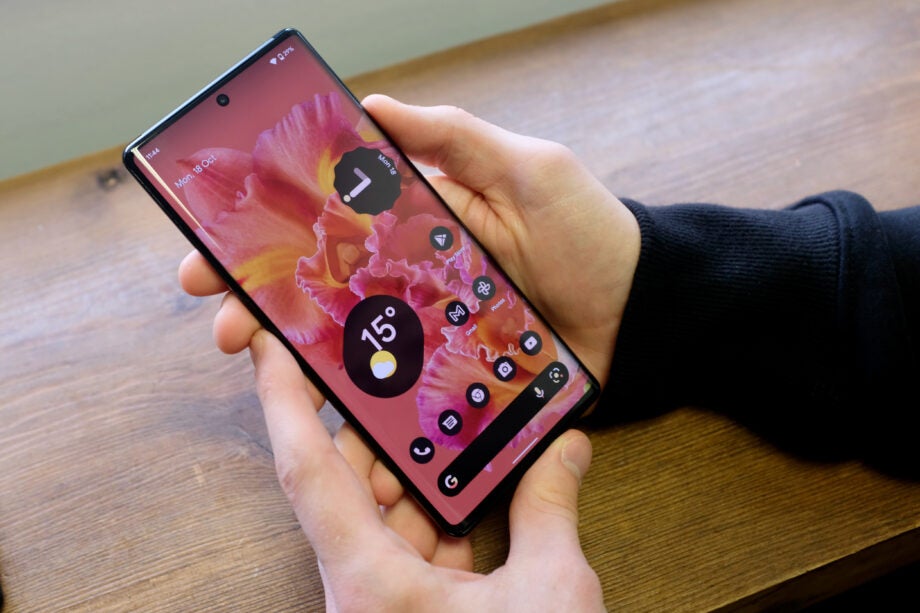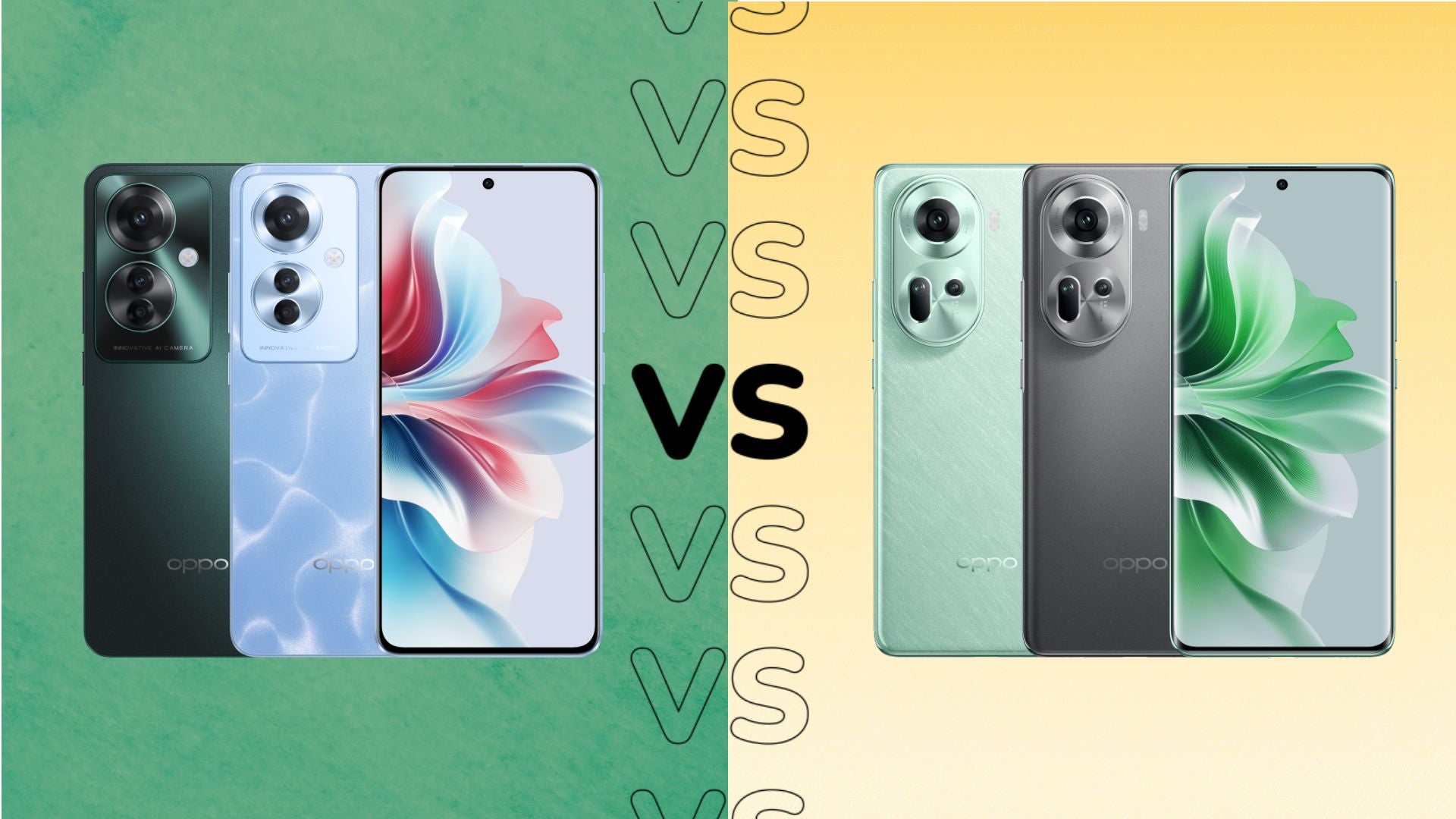Pixel 6 Pro vs OnePlus 9 Pro: What’s the difference?

The Pixel 6 Pro is the next flagship phone on the block, how does it measure up against the OnePlus 9 Pro?
Google very recently announced the Pixel 6 and the Pixel 6 Pro, the two latest smartphones to join the Pixel family.
In this article, we’ll be focusing on the Pixel 6 Pro specifically, and judging how it fares against another flagship smartphone, the OnePlus 9 Pro. Keep scrolling to see which phone comes out on top.
Camera
The camera was a much-emphasised aspect of the Pixel 6 Pro. It’s the first Pixel to feature a triple camera set up, with a 50MP Octa PD Quad wide camera, a 12MP ultra-wide camera with a 114-degree field of view, alongside a 48MP telephoto camera.
The Pixel 6 Pro also includes a laser detect autofocus sensor, plus a plethora of features. Highlights include Real Tone, which better represents all skin tones on camera, Magic Eraser, which allows you to erase unwanted objects or people from photos, and Face Unblur, which keeps your face in focus even in high dynamic shots.
The front camera is an 11.1MP sensor with fixed focus, which should help keep your selfies looking crisp. The OnePlus front camera is 16MP, also with fixed focus included.
The OnePlus 9 Pro also favours the triple camera set up, with a 48MP main camera, a 50MP ultra-wide camera and an 8MP telephoto camera, with the option to also shoot in RAW 12-bit. The OnePlus camera is definitely impressive, but it falls short when compared to the Pixel, especially when comparing features.

There are the usual modes here, including Nightscape, Portrait Mode and UltraShot HDR, but there are fewer innovative features that have come along with the Pixel 6 Pro.
Looking back to the Pixel for video, it can record in 1080p/4K at 30/60fps, with slo-mo support up to 240fps, and 4K timelapse with stabilisation. The OnePlus can record at 1080p at 30fps, so you’ll get more impressive video if you go with Google.
Display
Google’s latest flagship packs in a 6.7-inch LTPO OLED display that has a 19.5:9 aspect ratio. The LTPO hardware also pairs well with the 120Hz refresh rate, as it will alter the refresh rate depending on how you are using the phone.
For example, if you were watching a video clip or jumping between applications, the refresh rate goes up to allow for a smoother experience, but if you’re reading a block of text and not scrolling, the refresh rate can drop as low as 10Hz to save battery.

It also has HDR support and 24-bit depth, which opens up the phone to over 16 million colours. Plus, the screen is made from Corning Gorilla Glass, which will help limit the amount of noticeable wear and tear.
The OnePlus 9 Pro has a 6.7-inch LTPO AMOLED display that has a 20.1:9 aspect ratio, alongside also including 120Hz refresh rate, so it should be just as fluid using this phone as the Google phone.
The glass is also Corning Gorilla Glass, with support for sRGB and 10-bit colour depth, meaning it won’t have the same colour range and depth as the Pixel 6 Pro.
Specs
The big overhaul for Google this year was the introduction of the custom-built Tensor chipset, which has been designed to make the most out of the software and hardware in the latest phone. According to Google its use should result in a smoother and more finely tuned experience on the Pixel than you’ll find on other phones.
OnePlus employed the Qualcomm Snapdragon 888 chipset, which is speedy and fluid but not built for the phone in the same way Tensor is. Both phones use Android as the OS, but Google has employed the latest Android 12 OS, while the OnePlus 9 Pro uses Android 11.

The Pixel 6 Pro also comes with 12GB of RAM with the options for 128GB and 256GB of storage, while the OnePlus 9 Pro has 8GB of RAM and the same storage options as the Pixel.
You can check out the full comparison of the specs just below.
Price
In terms of pricing, the Pixel phone is only slightly more expensive than what OnePlus is offering; the Pixel 6 Pro starts at £849 while the OnePlus 9 Pro starts at £829.
So depending on your chosen variation you likely will be spending about the same amount of money on both phones, as the most expensive options cap out at £949 for the Pixel 6 Pro and £929 for the OnePlus 9 Pro.

Early Verdict
While we can’t say for sure how these two phones compare until we get the Pixel 6 Pro in for a full review, it seems that Google has outmatched OnePlus here. Considering the price points are so similar, the Pixel 6 Pro packs in plenty more features than the OnePlus model, including a very impressive camera and the fact it’s running on the new and innovative Android 12 OS.








